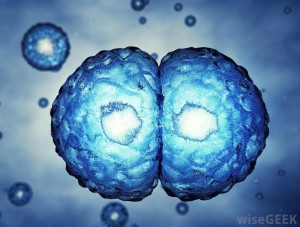Cytology is that branch of biology that deals with the study of cells in terms of physiological properties, their structure, the organelles they contain, interactions with their environment, their cycle, division, death and cell function. This is done by using microscopic and molecular techniques.
Appreciating the similarities and differences between cell types is particularly important to the fields of cell and molecular biology as well as to biomedical fields such as cancer research and developmental biology. There are several different methods used in the study of cells like Cell culture, Immunostaining, Computational genomics, DNA microarrays, In situ hybridization, PCR , Transfection.
Since the late 1950s and early 1960s, molecular biologists have learned to characterize, isolate, and manipulate the molecular components of cells and organisms. These components include DNA, the repository of genetic information; RNA, a close relative of DNA whose functions range from serving as a temporary working copy of DNA to actual structural and enzymatic functions as well as a functional and structural part of the translational apparatus, the ribosome; and proteins, the major structural and enzymatic type of molecule in cells.
Cytologic examinations may be performed on body fluids (examples are blood, urine, and cerebrospinal fluid) or on material that is aspirated (drawn out via suction into a syringe) from the body. Many cell biologists dwell at the intersection of two or more subfields as our ability to analyze cells in more complex ways expands. Ultimately, the broader a lens we take on our discoveries in cell biology, the more likely we can decipher the complexities of all living systems, large and small.
Molecular techniques using nucleic acids ( DNA or RNA ) is not only limited to medicine, but can be applied in so many diverse fields such as population genetics, toxicology, pharmacogenomics, forensics, archaeology, paleontology, genetically modified organisms, a complete list of which disciplines cannot be exhausted.

